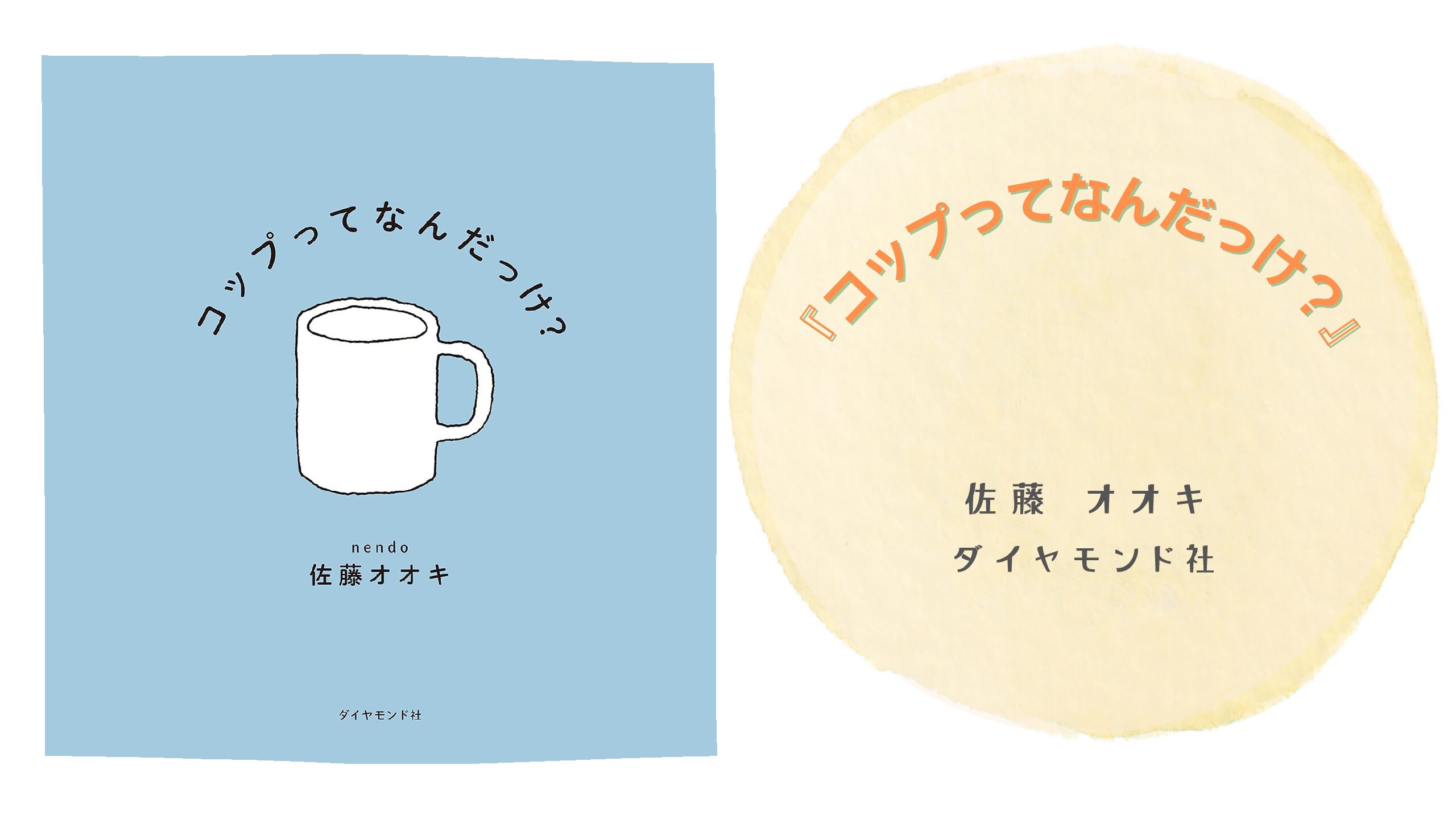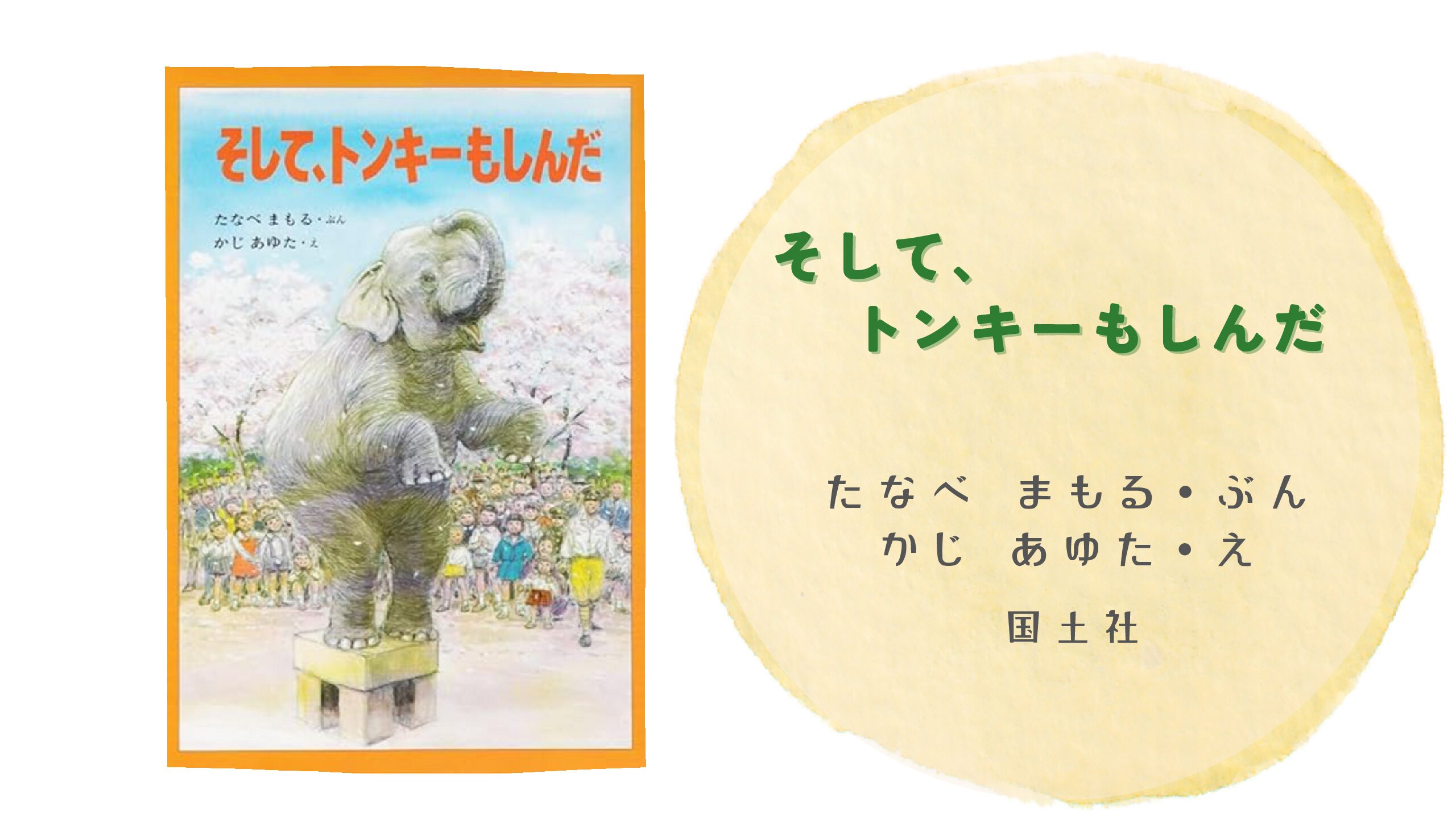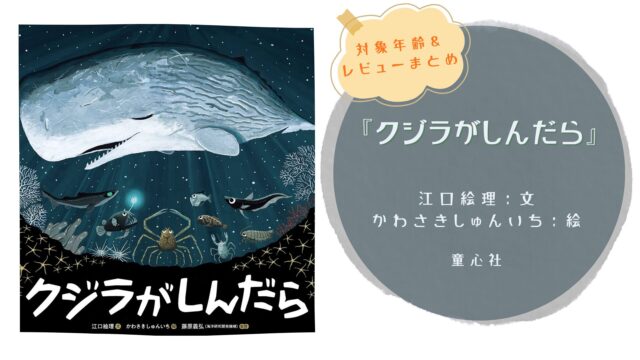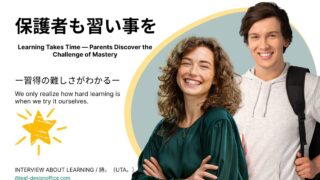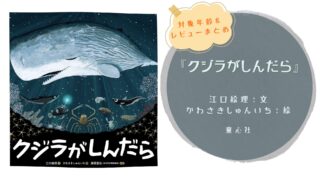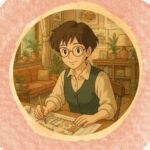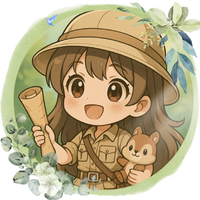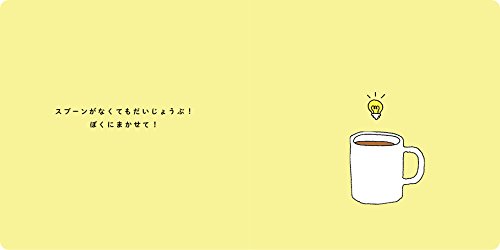
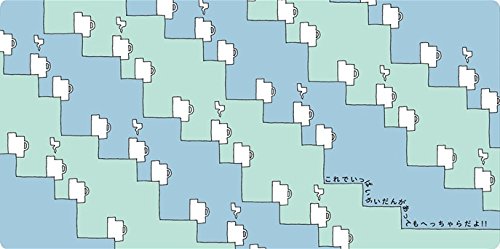
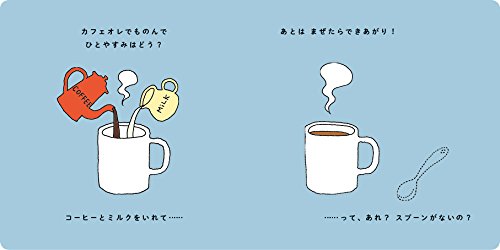
"What's a cup?"
Starting with simple questions, we expanded our children's imaginations and made reading at night a really enjoyable experience.
In the spoon scene that appears halfway through,
When I started thinking, "Where should I fix this?", the children started giving their own opinions one after another...
The exchange was so funny that I couldn't help but laugh along with them.
Book Introduction
This time, we have "What is a Cup?" (Diamond Inc.) by Oki Sato, head of the design office nendo.
Starting from something that is familiar to us, "What is a cup anyway?"
By changing shapes and switching roles, it conveys the joy of questioning what is taken for granted.
Design is not just about "making it look good,"
It was also an interesting realization that it all starts with "questioning things again."
As it is a picture book, it is written with gentle words and illustrations, making it perfect for enjoying with children.
Children's reactions
The children's reactions were very refreshing.
In one instance, my daughter said:
"But if you cut it like this, one side won't be a cup anymore, right? There'll be holes in both sides, right?"
Adults tend to enjoy this, thinking, "This will broaden my imagination!", but children take it seriously and make comments.
That perspective was actually new to me, and it made me think, "That's true!"
"What is ◯◯ again?" in daily life
As I was reading the book, I was reminded of the "reinterpretation" that I do on a daily basis.
- Use a brush as a cleaning tool or a painting tool.
- Use a ceramic pot as a folding umbrella stand.
Even if something deviates from its original purpose, new roles can be created by reexamining its shape and properties.
What is something around you that makes you think, "What is that again?"
🧊Actually, there are cultures around the world that use ceramic pots as refrigerators.🧊
An "Egyptian-style refrigerator" that can store food without using electricity.
When you understand the power of this kind of reinterpretation, the question "What is a cup?" feels much more familiar.
Recently, the NHK Educational TV program "But humans still make things” (September 21, 2025) was also broadcast.
*How the Egyptian refrigerator (Zeer Pot) works
Even though it doesn't use electricity, it can sometimes preserve vegetables and fruits for days or even weeks.
Double-walled ceramic vaseWe use.
Place a small pot inside a larger pot, fill the gap with sand, and keep it moist with water.
As the water evaporates from the sand towards the outer pot, the heat of vaporization is taken away, cooling the small pot inside.
The joy of reading together as a parent and child
This book will broaden your thinking even as an adult, but it's even more fun to read it with your children.
The conversation between parent and child expands, with questions like, "So, what about plates?" and "What about school bags?", and the conversation between parent and child becomes increasingly rich.
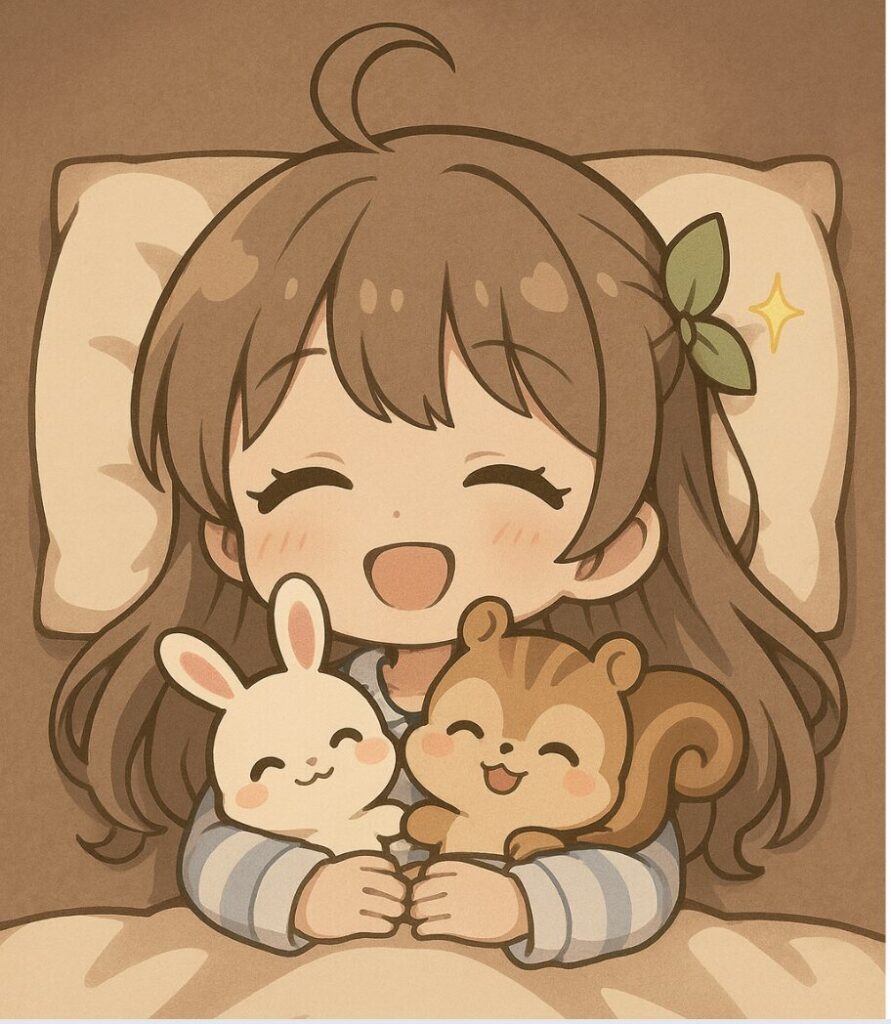
The foundation of the idea—nendo's EXPO 2025 Japan Pavilion
The idea of "What is a cup?" is also reflected in the large-scale projects that nendo undertakes.
“EXPO 2025 Japan Pavilion” - Oki Sato is the general producer/general designer of this pavilion.
The Japan Pavilion at the 2025 Osaka-Kansai Expo will have the theme of "recycling," which means that after an object has completed its purpose, it can change form and take on a new role.nendo.jp).
This book was published in 2018. As I read it, I was struck by the connection between the re-examination of the small "cup" and the re-examination of the gigantic "Japan Pavilion."
Afterword
A picture book by a designer might be interesting.
That's what I thought when I picked it up. Children's minds are very flexible.
First graders are happy to talk about whatever comes to their mind, but by the time they reach third grade, they start to feel a little embarrassed about expressing their opinions.
"Whatever your ideas are, just tell us."
Then my eldest daughter, who is in the third grade of elementary school, started saying things like, "I think this is good."
The author, Sato-san, also says that you should be welcoming any strange ideas your children may come up with.
When you question the things you take for granted in your daily life, your life becomes a little more enjoyable.
"What's a Cup?" is a book that allows parents and children to experience this together.
👉 I'm sure there are things around you that make you wonder, "What is a cup?"
Please enjoy and try searching✨️☕️✨️
